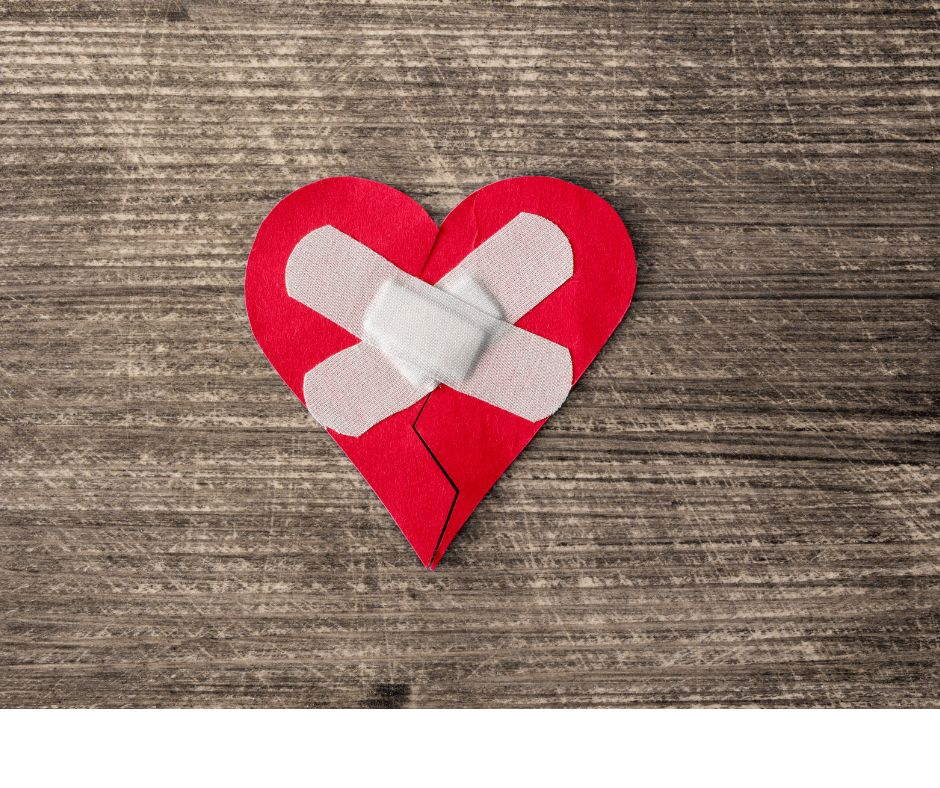 Valentine’s Day, the one day on our yearly calendar set aside to mark and express the emotion of love has been celebrated for over 1500 years. Begun by the church to replace a February fertility festival, the feast of St. Valentine honors the brave monk who defied the emperor’s orders and secretly married couples to spare the husbands from war. If the myth is true, I am even more offended by the cultural commercialization of the way we celebrate the holiday–exchanging sentimental notes, flowers, and heart-shaped boxes of chocolates. These exchanges seem disrespectful to the act of resistance by a man of the cloth who saved many families from the grief and pain of separation, injury, or death. However, by helping couples avoid the grief of war, the friar did not inoculate them against what would eventually be their fate as human beings. Loving each other meant that one day there will be grieving since grief occurs in response to losing what we love. Our loved ones leave us, or we leave them.
Valentine’s Day, the one day on our yearly calendar set aside to mark and express the emotion of love has been celebrated for over 1500 years. Begun by the church to replace a February fertility festival, the feast of St. Valentine honors the brave monk who defied the emperor’s orders and secretly married couples to spare the husbands from war. If the myth is true, I am even more offended by the cultural commercialization of the way we celebrate the holiday–exchanging sentimental notes, flowers, and heart-shaped boxes of chocolates. These exchanges seem disrespectful to the act of resistance by a man of the cloth who saved many families from the grief and pain of separation, injury, or death. However, by helping couples avoid the grief of war, the friar did not inoculate them against what would eventually be their fate as human beings. Loving each other meant that one day there will be grieving since grief occurs in response to losing what we love. Our loved ones leave us, or we leave them.
In consulting with my favorite social work researcher Brene Brown and her Atlas of the Heart, she locates the emotion of love with its strong bonds and emotional connections under “places we go when the heart is open.” Other emotions in the cluster under this heading are Lovelessness, Heartbreak, Betrayal, Defensiveness, and Hurt. Loving someone means that the people we love have the power to hurt us, to betray our trust, to break our hearts. And we have the power to affect them in those ways too. Acknowledging this reality helps us to understand the bravery needed to make the commitment, to allow the intimacy of love and to grow through it. Loving transforms us as does grief. It deepens our capacity to love.
Once we connect with others through emotional bonds of love, we hurt with them, the pain of their losses. I remember telling my friend and mentor Colleen that I did not want her to hurt over my career situation–when I was turned down for tenure despite an 8 to 1 vote in my favor from the faculty committee. She set me straight, telling me, “Oh, I will hurt because this is a hurtful situation. But I promise you I won’t suffer.” I wasn’t sure what she meant at the time, but I finally realized she was telling me that she was journeying with me, without the resistance than creates suffering.
Love isn’t just about romantic partnerships or family relationships. Watching the news reports some nights becomes an experience of hurting with and grieving on behalf of people we don’t know personally. Some of the most inspiring stories are about community members’ generous responses to a family who’ve lost their home to a fire or flood, or to people affected by a mass shooting. Author Valarie Kaur suggests, “You don’t have to know people in order to grieve with them. You grieve with them in order to know them. And this shared grieving creates deep solidarity.” Showing up for one another through shared grieving leads to action and what Karr called “revolutionary love.”
This is a long way from the valentines we kids exchanged in grade school, but closer to what got Valentine’s Day started all those many centuries ago.

